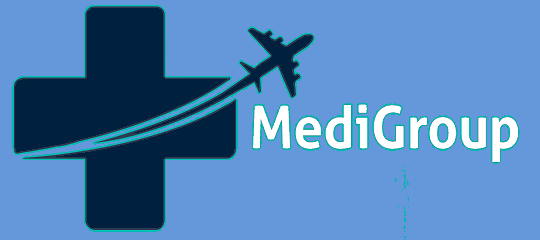Since the discovery of antibiotics, humankind has developed resistance to them. In the 1930s, when antibiotics were just invented, antibiotic medication was widely used in the treatment and prevention of nearly all types of bacterial infections. However, over time misuse of antibiotics worldwide has eroded their efficacy, reversing the trend. Antibiotic-resistant bacteria rapidly emerge and spread across the globe.
Since then a great variety of bacteria have become resistant to current antibiotics. Our medicines have started to fail and antibiotic resistance has become one of the greatest threats to global health. Most likely, in future the situation will continue to deteriorate; experts predict that by the year 2050 powerful multi-resistant bacteria will kill more than 10 million people annually. This means that antibiotic-resistant infections will kill more people than cancer does.
Urgent change is needed if we are to reverse current trends. What actions are needed to address this increasingly serious global health threat? Researchers say bacteriophage treatment can provide us with new ways to fight powerful bacteria that have become resistant to current antibiotics. Just as there are many kinds of bacteria, there are several types of bacteriophages. But each kind of phage will only attack a certain bacterium. It won’t infect other kinds of bacteria. This means that a phage can be used to directly target disease-causing bacteria. However, special bacteriophage “cocktails”, consisting of several different phages, can be produced for the treatment of specific bacterial infections. Phages work against both treatable and antibiotic-resistant bacteria, only slightly disturbing normal “good” bacteria in the body. They are not harmful (toxic) to the body. This makes a crucial difference between bacteriophages and antibiotics



